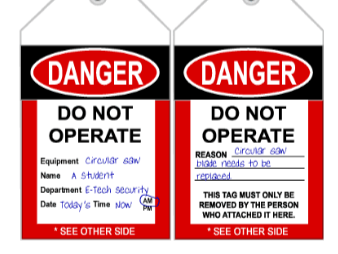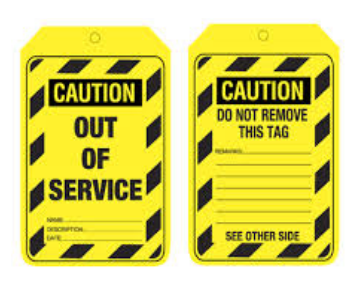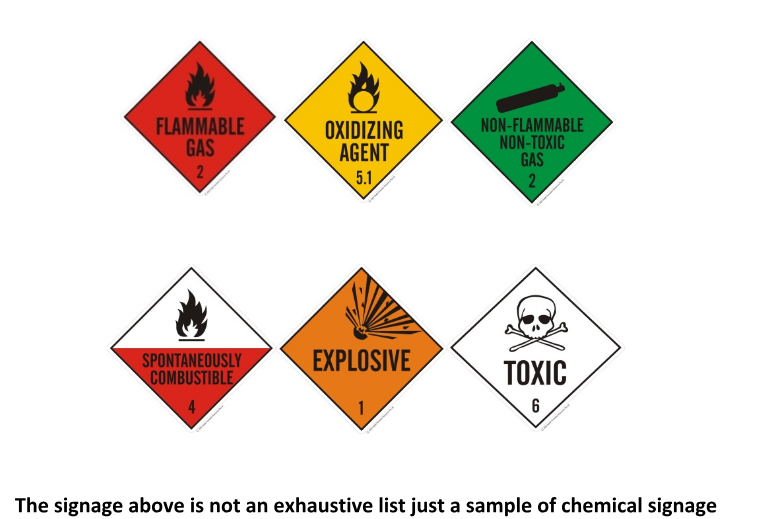High Risk Tasks
Mobile Plant Operation
Watch this video:
Do not drive or operate any mobile plant unless you are trained, hold the appropriate licence or certificate of competency, and are authorised to do so by your Supervisor.
Only those persons authorised and licensed may operate or direct the operations of cranes and hoists or operate forklifts. Each vehicle driver and operator of rubber-tyred plant shall comply with site speed limits and traffic control procedures. Personnel shall not use backhoe or excavator buckets to access excavations or machinery.
No person may be transported in a vehicle unless approved seating is available for that person.
Licences and Certificates / Verification of Competencies
Certain types of plant and equipment requires a specific licence and competencies for the type of work they are going to conduct or plant and equipment they are to operate. Licences are required for motor vehicles (car and road trucks) and high-risk work, such as cranes, dogging and rigging, elevated work platforms, scaffolding above 4 metres and forklifts.
Where we require you to operate certain plant or equipment or conduct specific work that requires one of the above licence requirements as part of your role, you will be required to undertake training and assessment to obtain the licence and competencies if you do not already have them.
Licences must be carried on the person at all times while operating specific plant and conducting certain types of work.
If you need to renew your licence or require a new one, please speak with your Supervisor.
Operators of load shifting equipment have competency requirements to verify they are able to safely operate the equipment.
Types of load shifting plant and equipment are front-end loader, skid steer loader, excavator, and dozer.
Recognition of operator competencies can be in the form of:
• Statement of Attainment.
• Verification of Competency from your current Employer.
For you to be able to operate any load shifting equipment on site, you must undergo onsite training and assessment (Verification of Competency) in the use of load shifting equipment in production activities.
Plant Maintenance
If you are authorised to carry out any maintenance or dismantle any plant or equipment you must follow the correct safety procedures. Never attempt to service or repair equipment unless you are trained and competent to do the necessary work.
In general:
• All electrical power, compressed air, water, steam, or oil supplies must be turned off at the mains.
• All switches, taps and other controls must be turned off at the machine.
• All controls must be locked off and isolated.
• Isolate and lockout all energy sources and remove stored energy before commencing work, for example, airlines should be drained.
• Danger tags or out of service tags must always be used. and
• Try to start the plant or equipment to ensure it cannot be energised.
Plant and Equipment Isolation and Lock-Out
Isolation and lockout procedures are used to protect you! They are designed to prevent another person activating any equipment, valve, electrical supply, switch or tap that may place you in danger. A system of personal lockout padlocks, hasps, danger tags and out of service tags are used.
If you are authorised to service or repair machinery or equipment you must isolate the power or energy source and lock it in the off position using a lockout padlock on the main isolation switch, valve, etc. prior to commencing work.
Where two or more workers are working on the same equipment all workers must use a lockout hasp and place their own lockout padlock onto it.
The only person who can remove an isolation lockout padlock and danger tag is the person who placed it on the plant or equipment. however, in exceptional circumstances the mine / quarry manager may remove after consulting with the person who placed it and maintenance department and by following a Safe Work Procedure.
Any person found removing another person’s isolation lockout padlock and danger tag without authority may be liable to disciplinary action.
Plant – End of Day
Plant shall be checked at the end of day and your supervisor informed if the item of plant you are operating is damaged or in need of service or repairs.
Plant shall be parked to ensure the following:
• Interference with Plant is minimised
• Plant is stored to minimise the potential for misuse of the Plant
• Parked plant will not obstruct traffic.
Danger and Out of Service Tags
Danger tags and Out of Service tags are designed to indicate that machinery or equipment is unsafe or out of service and must not be operated or used.
Danger Tag
Each person working on the plant or equipment shall place their own personal danger tag on the main isolation switch or valve once it has been set to the non-dangerous position and locked out.
Make sure you have tagged the correct isolator / switch.

Out of Service Tag
This tag does not offer any personal protection. It is primarily used to identify and warn others of faulty equipment or equipment that is being serviced.
It can be placed and removed by anyone authorised to do so.

Machinery and Conveyor Guarding
Serious personal injury can occur when people become caught in operating machinery. Machinery guards are designed to prevent access to moving parts where there’s a risk of injury.
Therefore:
• Do not operate conveyors or machinery unless the guards are correctly located and appropriately secured.
• Guards should only be removed by authorised personnel after the machinery has been stopped and isolated (locked out).
• Guards must be refitted before machinery is restarted. and
• Report any faulty or defective guards to your Supervisor.
Noise
Watch this Video:
The effects of loud noise can result in short- and long term hearing loss and ultimately impact on your health and safety, not only in the workplace but also in day to day living activities.
Having damaged hearing will cause you to struggle to hear instructions, sounds or normal conversation and communication activities.
To ensure your hearing is not placed at risk of damage from the effects of work-related noise, hearing protection must be fit tested and worn at all times when working in noisy environments, where hearing protection is signposted or indicated in work instructions or as directed.
Hazardous Chemicals
Watch this video:
The term Hazardous Chemical refers to those chemicals that have a potential to adversely affect your health or safety or that of other persons. Personnel shall be trained in the safe handling and use of hazardous chemicals.
Before using any chemical or substance refer to the Safe Operating Procedure or Job Safety Analysis for instructions on the safe handling, use and storage including the correct personal protective equipment to be used.
Care should be taken when using or decanting hazardous chemicals. Your work procedures shall ensure that these chemicals are labelled and stored appropriately. If you are unsure contact your Supervisor.
Make sure that the Safety Data Sheet (SDS) is available, read and a Risk Assessment undertaken with your supervisor. Ensure you understand what safety controls are required before using any hazardous chemicals.
Decanting of Hazardous Chemicals
Decanting of Hazardous chemicals must be undertaken in accordance with the SOP.
Storage of Hazardous Chemicals
Chemicals must only be stored in correctly labelled containers, not in used food or drink containers.
NOTE: Read SDS to determine any special storage requirements for specific classes of Hazardous chemicals. E.g. Class 5 & class 3 MUST NOT be stored together.

Chemical Spillage
Notify your Supervisor when any chemical spillage has occurred. Do not rush in to clean up a chemical spill. Ensure you are trained in the correct procedure for spillage clean up.
Use the kitty litter or absorbent granules to block storm water drains where present to prevent the chemical entering the storm water system.
Refer to the Emergency Management Plan, Safe Operating Procedure and Safety Data Sheet for the clean-up procedure and personal protective equipment to be used.
